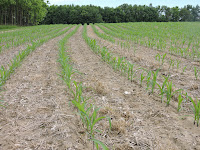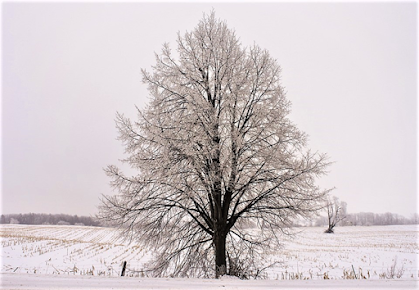Hemlock woolly adelgid (HWA) is yet another invasive insect that threatens our forests. This time, our eastern hemlock trees (Tsuga canadensis) are the ones in harm’s way. HWA was first detected in Muskegon and Ottawa Counties in 2015, and while it has only been found in seven counties so far (Muskegon, Oceana, Allegan, Ottawa, Benzie, Mason, and Washtenaw), conservationists are working hard to keep it from spreading to the rest of the state. HWA is a bug very similar to aphids. They suck out the sap of hemlock trees through the needles, twigs, and branches, which stresses the trees. If a hemlock tree is fed on long enough – especially if it faces other problems, like drought – then the tree will likely die. While hemlocks are not very common in Shiawassee County, they can still sometimes be found in woodlots or along riverbanks, and hemlocks are widely sold as landscape trees. But despite the likely limited number of hemlocks in Shiawassee County, HWA can be spread by...






